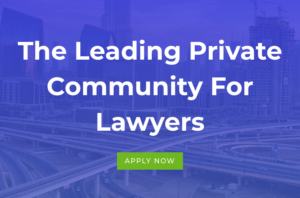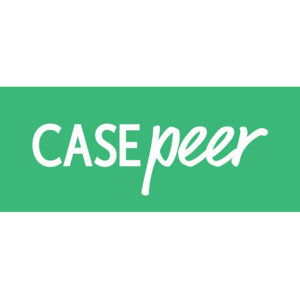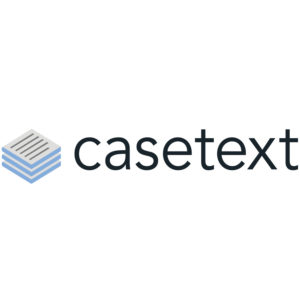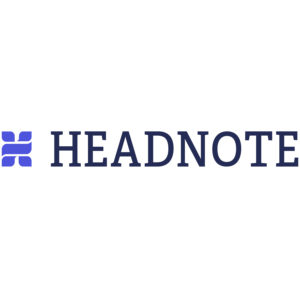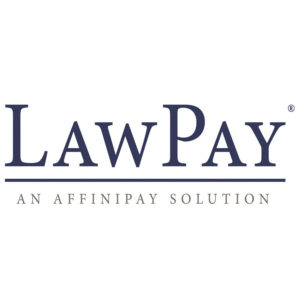Being an effective negotiator is an incredibly important aspect of being a lawyer. Whether it be a contract dispute or a bitter custody battle, negotiation comes to play on a regular basis in the representation of clients. Negotiation can either be amicable or outright hostile. A couple who has fallen out of love, but still remain close friends, may want to negotiate a simple and easy divorce agreement. Two businesses locked in a dispute over a seven-figure fulfillment contract may want to battle to the last dime.
Negotiations cover a broad spectrum. Generally speaking, negotiation styles fall into five-area model, ranked on two axis: concern for the value of continuing the relationship between the parties and concern for the outcome of the negotiation. The model is generally displayed as:
When there is a high concern for the relationship, it’s likely that the parties will not negotiate in a manner that egregiously deceives the other parties. But when negotiations fall into the lower quadrants parties will do what they must in order to win. Which is where concerns about the ethics of misrepresentation in negotiation comes into play.
That’s Just Called Negotiation
A few years ago a research paper was published in the Personality & Social Psychology Bulletin, entitled Negotiation Strategy: Misrepresentation of a Common-Value Issue which focused on misrepresentation in negotiations:
Conflicts sometimes involve issues for which both parties want the same outcome, although frequently parties fail to recognize their shared interests. These common-value issues set the stage for a nasty misrepresentation strategy: feigning opposed interest on the common-value issue to gain an advantage on other issues.
The paper used a hypothetical divorce to point out the use of misrepresentation in a real world setting. A husband feigned interest in custody of the children in order to coerce the wife to accept a smaller alimony payment:
A husband and wife enter divorce negotiations. Two issues are on the table: custody of the children and the level of alimony payments to the wife. She wants custody of the children and a generous alimony payment. And she assumes that her husband wants custody of the children, too, and to provide only a paltry alimony payment. But the fact is that he actually does not want custody of the children. In other words, both the husband and the wife want the same thing on this issue–for the children to go with her. But the husband feigns opposed interest on the custody issue and thus gains an advantage. He states to her: “Ok, take the children, but in exchange you will have to accept the smaller alimony.” She agrees, thinking that they each achieved something on the two issues. But, in fact, the husband, via misrepresentation, achieved his preferred position on both issues. Misrepresentation of common value in negotiation is, indeed, nasty. But it is often effective, at least as far as producing favorable outcomes for the user.
To ivory tower psychology researchers this is “nasty” behavior. Yet all the lawyers reading this are laughing and shaking their head. When two or more parties are at a head and have gotten to the point that lawyers are involved, it is unlikely that negotiations are going to be a pleasant process.
Negotiation is fundamentally about:
- knowing what you want
- getting as much of what you want as possible
This is true for every party at the table. That means you are going to be wheeling, dealing, and playing tug-of-war with what is at stake. A high stakes poker game where how well you play the game is going to determine how the pot is divided among the players. As such, it’s nearly impossible for misrepresentation not to be a vital aspect of negotiation.
The No-Man’s Land of Ethics
In a paper on the ethics of misrepresentation by omission, Barry Temkin wrote on ethical constraints on a lawyer’s misleading statements and omissions:
Settlement negotiations are, in many respects, the ethical no-man’s land of legal practice. Settlement negotiations are frequently conducted in the absence of judicial supervision and without clear parameters or guidelines in the Model Rules or ABA Model Code of Professional Responsibility. Lawyers posture, threaten, bluff, wheedle, obscure, misdirect, and, often, outright mislead adversaries in order to obtain advantage for their clients… A lawyer who deliberately misstates a client’s settlement goals and bottom line is engaged in “puffing” which, most legal ethicists agree, “would often be considered permissible.”
This is not to say negotiation is an ethics-free paradise. It’s one thing to engage in “puffery,” another to engage in complete misrepresentation to the opposing party. Yet lawyers are often torn between their duty to their clients and the duty to avoid misrepresentations to others. Presenting a low ball offer to feel the other party out is common practice, and a part of negotiating whether it is a multi-million dollar deal or buying a car. But that does not mean that a lawyer should blatantly lie or create spurious facts to support their position in the interest their client.
Instead a lawyer must be guided by their own moral compass. As Temkin notes “Reconciling the duty of zealous advocacy with the highest standards of honesty and fair dealing is one of the most difficult tasks facing attorneys.” That means a lawyer must have a strong sense of what is truthful and just. Lawyers must recognize that the Model Rules and Ethical Standards are not a high bar to be reached, but a starting point from which to move forwards.
Largely speaking, lawyers are independent actor in negotiations. A lawyer will have goals set by the client and guidance from their firm, but the situational, tactical decisions and maneuvers that occur during the negotiation process are up to the lawyer sitting at the table. Lawyers must be guided by their own moral compass in these situations. Which means they need to take the time to understand the ethical guidelines and rules for settlement negotiations (ABA Ethical Guidelines PDF). But lawyers also need to know how to defend against misrepresentations as well.
Five Strategies For Defending Against Misrepresentations In Negotiations
Beyond being aware of their own ethical concerns in negotiations, lawyers must be aware of misrepresentations in their opponents. A recent law review article looked at trends in the ethics of legal negotiations, as well as laying out some strategies for probing for misrepresentations made by opposing parties:
Dig Relentlessly for Information
One defensive technique is to persuade the responder to share lots of information. This includes using “encouragers” such as “I hear you . . .” or “Go on . . .” coupled with such requests as “Could you tell me more about that?” or “Can you flesh that out a bit?”
Demand the Use of Objective Standards
Asking questions such as “What do you base that number on?” or “Is that according to industry standard?” is essentially asking the other party to justify his or her position using objective standards.
Recognize and Thwart Tactics of Evasion
Prior to negotiating, the negotiator should prepare a list of the questions she wants answered, in order of importance. During the negotia- tion, she should listen carefully to the responses provided, as many will be mere attempts to evade answering the question. The negotiator must con- tinue grilling until the information she needs is either revealed or protected in a very direct manner.
Establish Long-Term Relationships and Watch for Signs of Deception
Research also suggests, however, that one of the more reliable indi- cators of lying is when one’s behavior suddenly changes (Mann, Vrij, and Bull 2002). For example, if a normally aggressive negotiator suddenly becomes more conciliatory and soft-spoken, it could indicate that he is engaging in deceptive behavior. Thus, developing long-term relationships with other negotiators can help a lawyer develop a sense of their “baseline behaviors” and some ability to determine when that behavior has changed.
Use “Come Clean” Questions Strategically
Used at critical moments in the negotiation, one can ask the “come clean” question:“Is there anything unknown to me or to my client that could have a material impact on this case?” This can be quickly followed by “Getting things out on the table early tends to prevent headaches down the road.” Negotiators on the other side of the table might attempt to deflect the question or change the topic, so one should be prepared to ask the question more than once (perhaps with a new approach and a different wording)
[divider]
Negotiation can be tough on its own before one ever even gets to ethical concerns. But if you want to become a good negotiator, then your ethics, and the opposing counsel’s, are going to come into play. Take time to understand the rule
For further reading on ethics in negotiation, see:
- Misrepresentation by Omission in Settlement Negotiations: Should There Be A Silent Safe Harbor?
- Negotiation Ethics: How to Be Deceptive without Being Dishonest/How to Be Assertive without Being Offensive
- The Ethics of Negotiation: Are There Any?
- Threats, Lies and Silence: Negotiation Ethics for In-house Counsel
- A Lawyer’s Ethical Obligations Arising In The Context Of Negotiations




